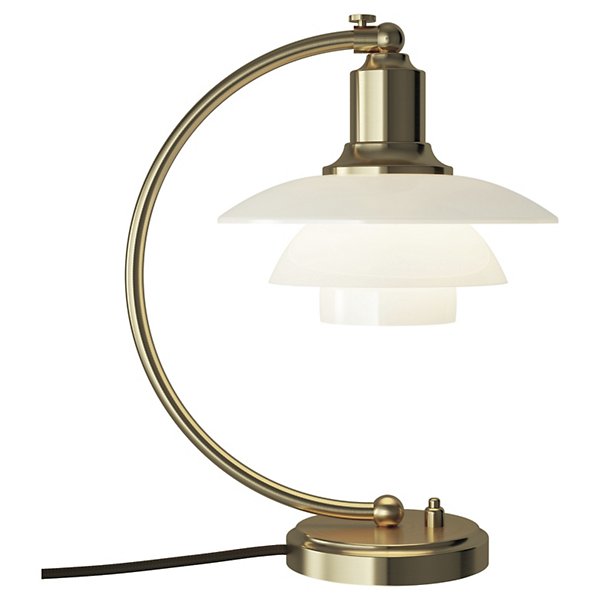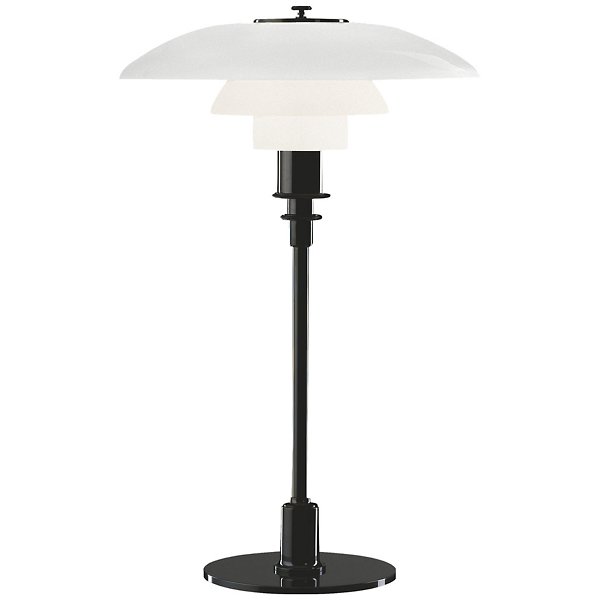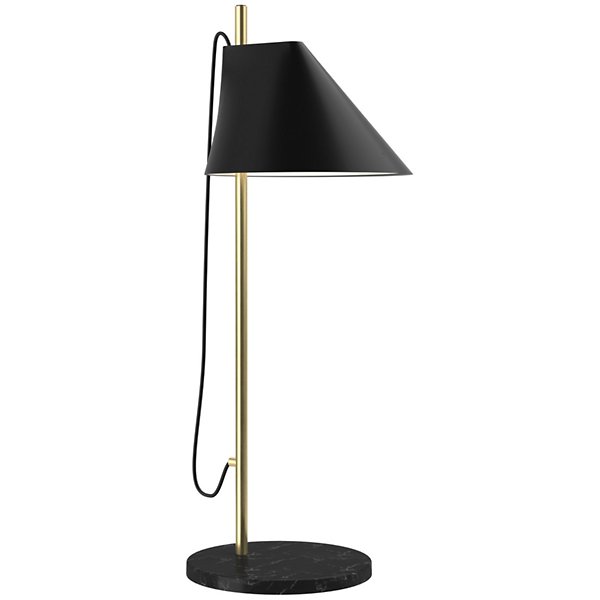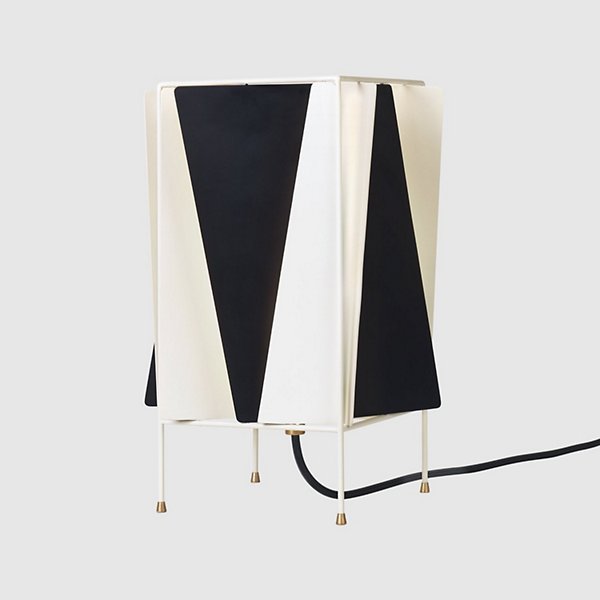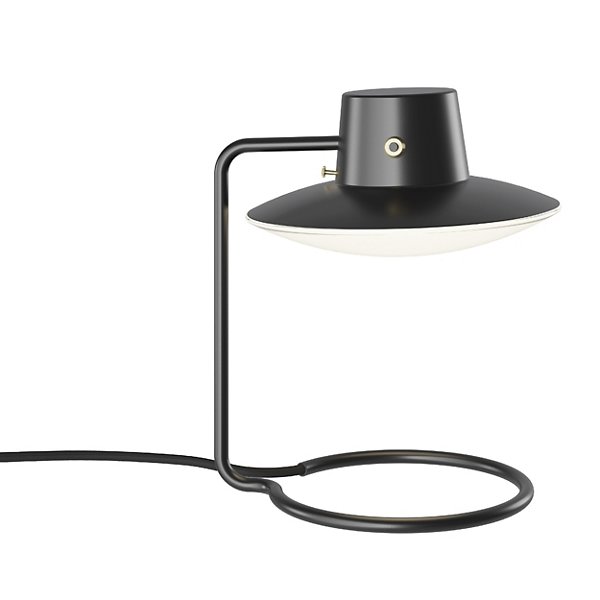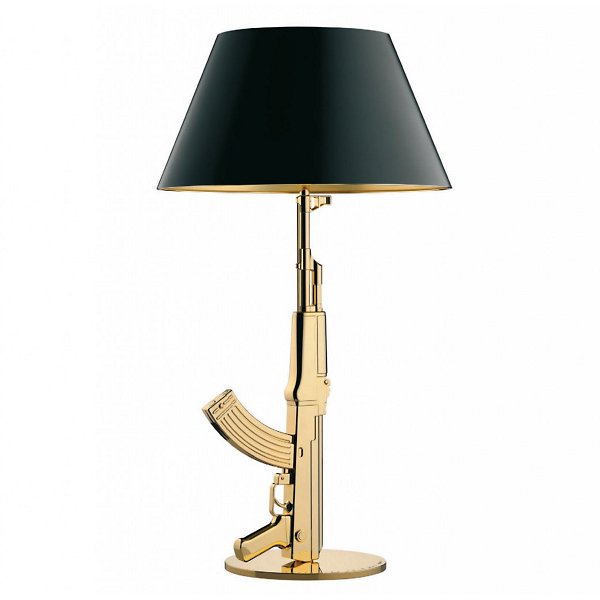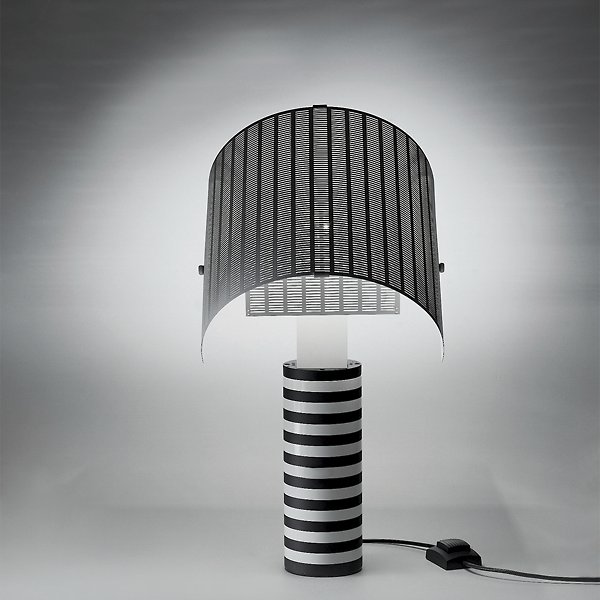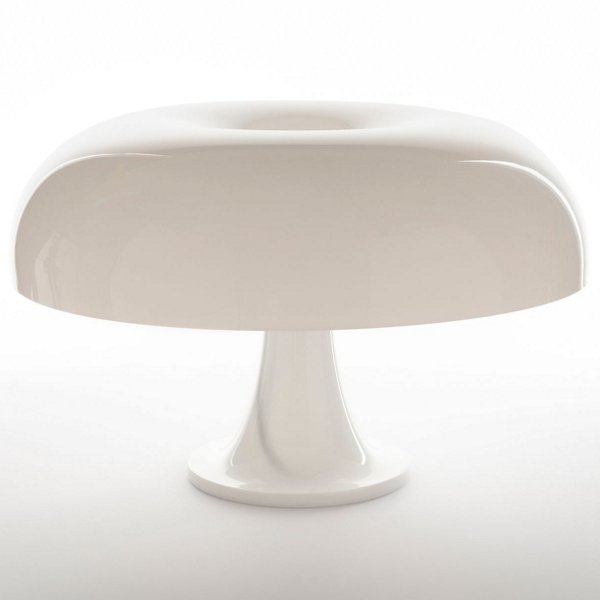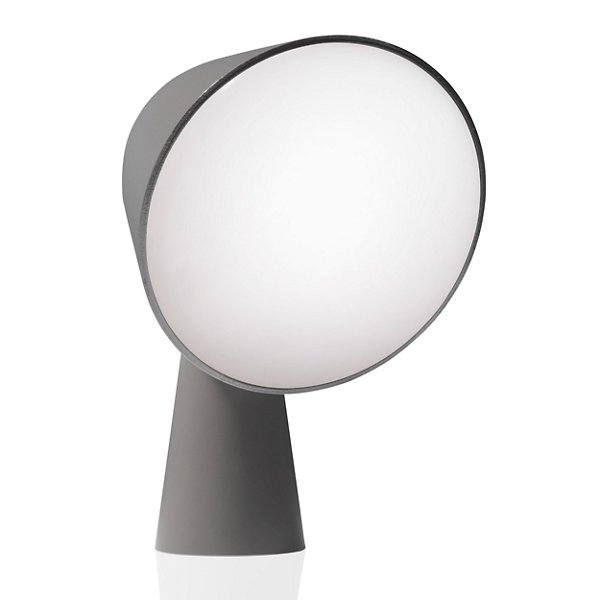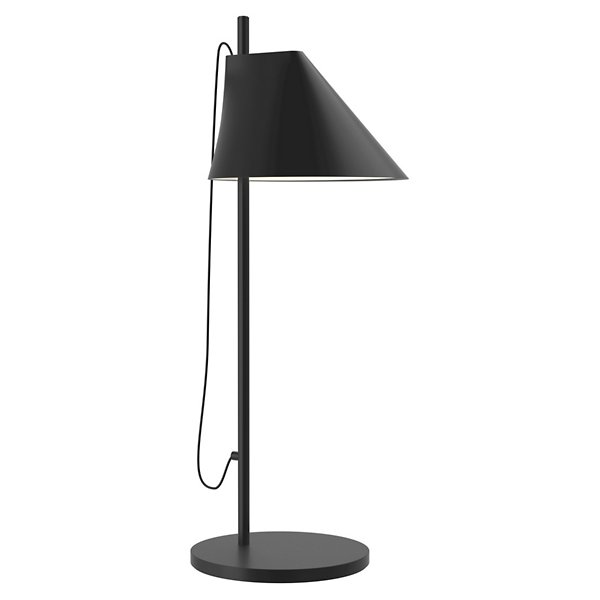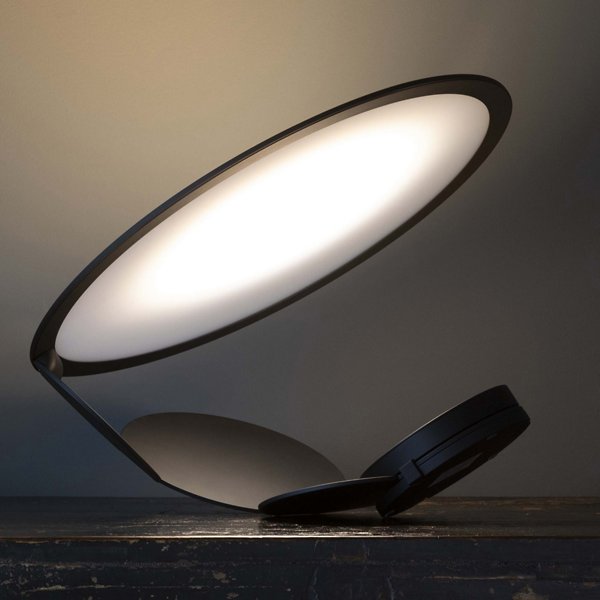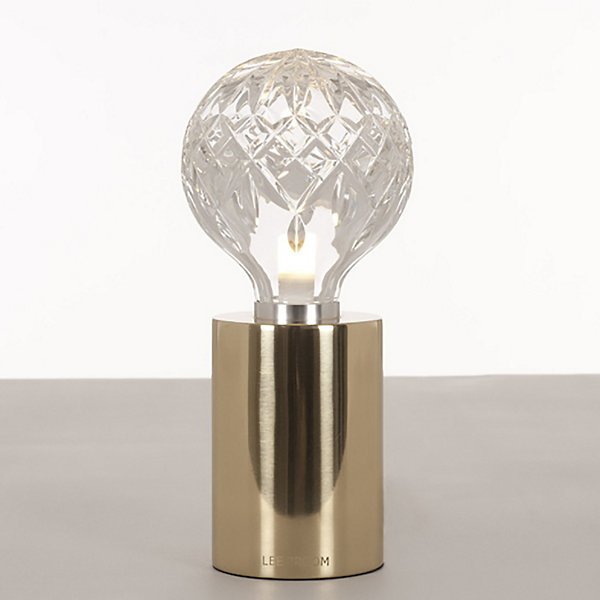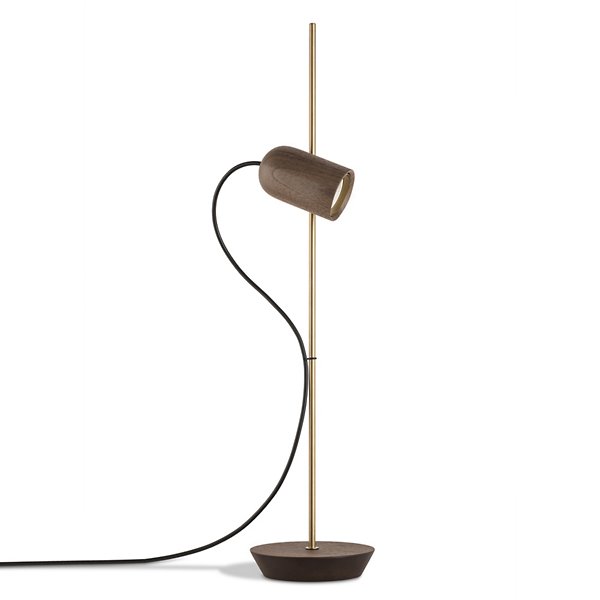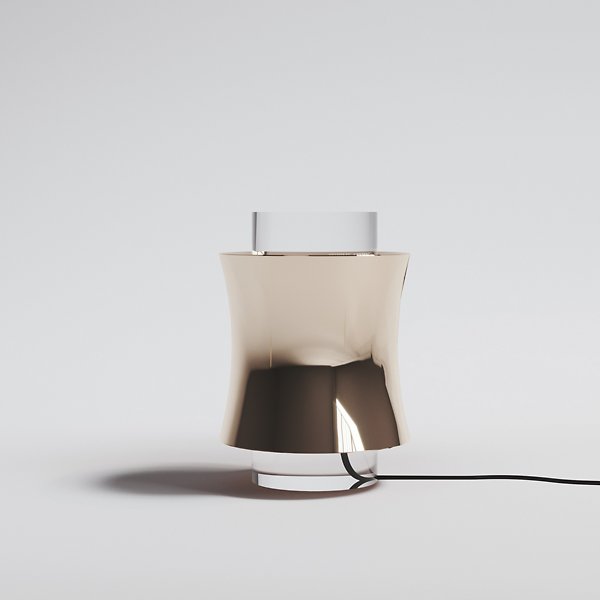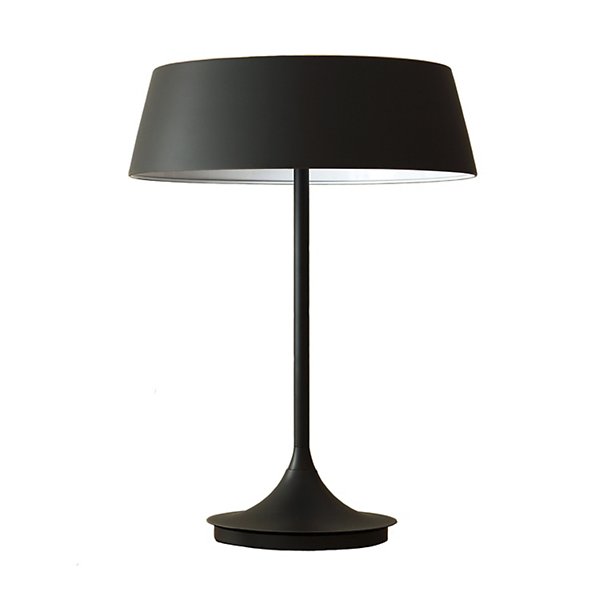|Shown in Aubergine finish
|Shown in Limited Edition - Matte White with Pale Rose finish, unlit
|Shown in White, Rusty Red, Yellow Ochre, Dark Green, Light Grey, Dark Grey, Midnight Blue, Pale Petroleum, Aubergine, Black, White finish, Collection
|Shown in Limited Edition - Matte White with Pale Rose finish, unlit, Detail shot
|Shown in Limited Edition - Matte White with Pale Rose finish, lit, in use
|Shown in Limited Edition - Matte White with Pale Rose finish, unlit, in use
|Shown in Pale Petroleum finish, in use
|Shown in Yellow Ochre, Pale Petroleum finish, in use
|Shown in Black finish, in use
|Shown in Warm Sand finish, in use
|Shown in Stainless Steel finish, in use
|Group shot, in use
|Shown in Black, in use
|Group shot
|Shown in Yellow Ochre, in use
|Shown in Dusty Blue finish, in use
|Shown in Electric Orange finish, in use
|Shown in Warm Sand finish, in use
|Shown in Warm Sand finish, in use, lit
|Shown in Warm Sand finish, in use
|Shown in Stainless Steel finish, in use
|Shown in Black, in use
|Shown in Black, in use
|Shown in Black, in use
|Shown in Black, in use
|Shown in Black, in use
|Shown in Black, in use
|Shown in Black, in use
|Shown in Limited Edition - Matte White with Pale Rose finish, lit, in use
Questions about the AJ Table Lamp?
Our team of design specialists is certified by the American Lighting Association to bring you expert service with a personal touch.

Questions about the AJ Table Lamp?
Our team of design specialists is certified by the American Lighting Association to bring you expert service with a personal touch.

Freight Delivery Options
See What's Available Soonest

The Louis Poulsen Story
Key Features
Gift your favorite space a premier, world-famous piece. The AJ Table Lamp from Louis Poulsen was designed in 1957 by Arne Jacobsen. Created for the SAS Royal Hotel in Copenhagen, the distinct, sleek form and minimalist style of this piece match the contours of Scandinavian Airlines seats and the geometry of the building. A sense of hidden, yet pleasing symmetry can be found in this piece as the rounded base matches the sharp angle of the shade. With a white interior, the shade sends out a bright and even layer of light that encompasses the immediate area in a welcoming glow.
When you hear the name Louis Poulsen, you think distinctive modern Danish lighting. From the classic icons of the 1920s to more recent pieces, all Louis Poulsen lighting is created based on a deep-felt respect for architecture, understanding the emotional effect of lighting and the belief that shadow is just as aesthetically important as light. All three aspects manifest themselves in the sculptural layering and comfortable, glare-free light of Louis Poulsen pendants, wall, table and floor lamps.
Key Features
Gift your favorite space a premier, world-famous piece. The AJ Table Lamp from Louis Poulsen was designed in 1957 by Arne Jacobsen. Created for the SAS Royal Hotel in Copenhagen, the distinct, sleek form and minimalist style of this piece match the contours of Scandinavian Airlines seats and the geometry of the building. A sense of hidden, yet pleasing symmetry can be found in this piece as the rounded base matches the sharp angle of the shade. With a white interior, the shade sends out a bright and even layer of light that encompasses the immediate area in a welcoming glow.
When you hear the name Louis Poulsen, you think distinctive modern Danish lighting. From the classic icons of the 1920s to more recent pieces, all Louis Poulsen lighting is created based on a deep-felt respect for architecture, understanding the emotional effect of lighting and the belief that shadow is just as aesthetically important as light. All three aspects manifest themselves in the sculptural layering and comfortable, glare-free light of Louis Poulsen pendants, wall, table and floor lamps.
- Designed by Arne Jacobsen
- Shade is adjustable
- On/Off Base Switch
- Material: Zinc Base, Metal or Brass Stem
- Shade Material: Spun Steel
- Location Rating: UL Listed
- Made from Sustainably Sourced Materials: This design is produced using responsibly harvested, reclaimed or alternative materials.
- Eco-Friendly Packaging: This design is shipped using recycled, recyclable or limited packaging materials to reduce waste and carbon footprint.
- Made In Denmark
Compare Brightness:
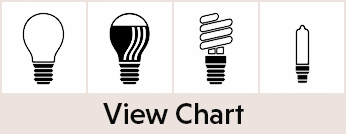
Lumens
The amount of light that comes from a bulb, which has commonly been measured in watts. The more lumens, the brighter the bulb.Wattage
A measurement of the power delivered to a component of an electric circuit (allowing a one-ampere current to flow through the component under the pressure of 1 volt.)Bulb Shape
Bulb shapes are denoted with a letter, which describes the shape, and a number, which indicates the size. The number indicates the diameter of the light bulb at its widest part in eighths of an inch.Base
The part of the bulb that connects to the fixture and its power supply. Bulb bases are denoted with the letter E, and a number which indicates the diameter of the bulb base at its widest part in millimeters.Voltage
Indicates how much voltage a bulb can accept via the fixture it's installed in.Light Color Temperature
The relative color from a light source, measured on the Kelvin temperature scale. Warm light is lower in color temperature (2700-3000 K) and cool, blue light is higher (5000 K).Average Rated Life
The average amount time that a bulb is expected to last.CRI
CRI = color rendering index. This number, which can go from 0 to 100, measures the ability of a light or bulb accurately renders colors. The higher the number, the better, with most quality bulbs these days measuring at least in the 80s.Manufacturer IDs: view
5744907286 5744907367 5744907273 5744915663 5744911311 5744911308 5744911272 5744911298 5744911285 5744905301 5744909750 5744905220 5744909747 5744909718 5744905217 5744915061 5744909734 5744909721 5744904027
California Residents: Prop 65 regulations




















































